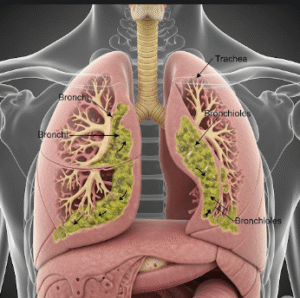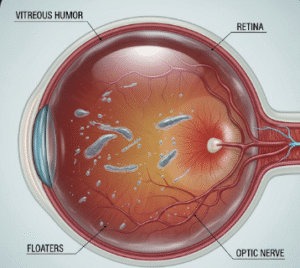Overview
Kwashiorkor is a severe form of malnutrition caused primarily by a deficiency of dietary protein despite adequate calorie intake. It predominantly affects young children, especially in developing countries where food insecurity, famine, or improper weaning practices occur. The condition leads to edema, muscle wasting, and a range of systemic complications that can be life-threatening without timely intervention. In Korea, while kwashiorkor is rare due to food security, pediatric hospitals and nutrition specialists are equipped to diagnose and manage cases in immigrants or travelers, and they contribute to global health efforts combating malnutrition.
What Is Kwashiorkor?
Kwashiorkor is a type of protein-energy malnutrition marked by insufficient protein intake relative to the body’s needs. Unlike marasmus, which involves overall calorie deficiency, kwashiorkor is characterized by edema caused by hypoalbuminemia (low blood protein levels), fatty liver, and immune suppression. The condition impairs growth, immune function, and organ systems, resulting in significant morbidity and mortality if untreated.
Symptoms
- Edema (swelling), especially in the legs, feet, and face
- Enlarged, fatty liver causing abdominal distension
- Muscle wasting and weakness despite apparent swelling
- Irritability and lethargy
- Skin changes such as peeling, dermatitis, and hyperpigmentation (“flaky paint” appearance)
- Thinning and brittle hair, sometimes with reddish discoloration
- Diarrhea and poor appetite
- Delayed growth and developmental milestones
- Increased susceptibility to infections due to immune deficiency
Causes
Kwashiorkor arises from inadequate protein consumption despite sufficient caloric intake. Common causes include:
- Inadequate weaning diets low in protein after breastfeeding cessation
- Diets heavily reliant on starchy foods with minimal protein
- Chronic infections or illnesses increasing protein requirements
- Socioeconomic factors leading to food insecurity and poor nutrition education
Risk Factors
- Young children aged 1 to 5 years, particularly in low-resource settings
- Recent weaning from breast milk without adequate protein replacement
- Poverty and food scarcity
- Presence of infections such as measles, diarrhea, or parasites
- Poor maternal nutrition and care practices
Complications
- Severe infections due to weakened immune system
- Fluid and electrolyte imbalances from edema and diarrhea
- Liver dysfunction and fatty infiltration
- Growth retardation and cognitive impairment
- Increased risk of death if untreated, especially from infections or organ failure
Prevention
- Promoting exclusive breastfeeding for the first six months of life
- Ensuring adequate protein intake during weaning and toddler years
- Improving food security and nutrition education in vulnerable populations
- Timely treatment of infections and parasitic diseases
- Public health programs targeting malnutrition awareness and supplementation
Treatment Options in Korea
Though kwashiorkor is uncommon in Korea, pediatric and nutrition specialists are prepared to manage cases through:
- Nutritional Rehabilitation:
- Gradual refeeding with carefully balanced diets rich in protein and calories to avoid refeeding syndrome
- Use of therapeutic foods and supplements such as ready-to-use therapeutic foods (RUTF)
- Monitoring and correction of electrolyte and fluid imbalances
- Medical Management:
- Treatment of concurrent infections with antibiotics or antiparasitic medications
- Supportive care for complications such as dehydration, hypoglycemia, or shock
- Vitamin and mineral supplementation, including zinc, vitamin A, and iron
- Multidisciplinary Approach:
- Involvement of pediatricians, dietitians, social workers, and public health experts
- Family education on proper nutrition and feeding practices
- Coordination with international aid programs for severe cases
Korean healthcare providers also contribute to international research and humanitarian efforts to prevent and treat kwashiorkor globally, reflecting a commitment to child health and nutrition.













